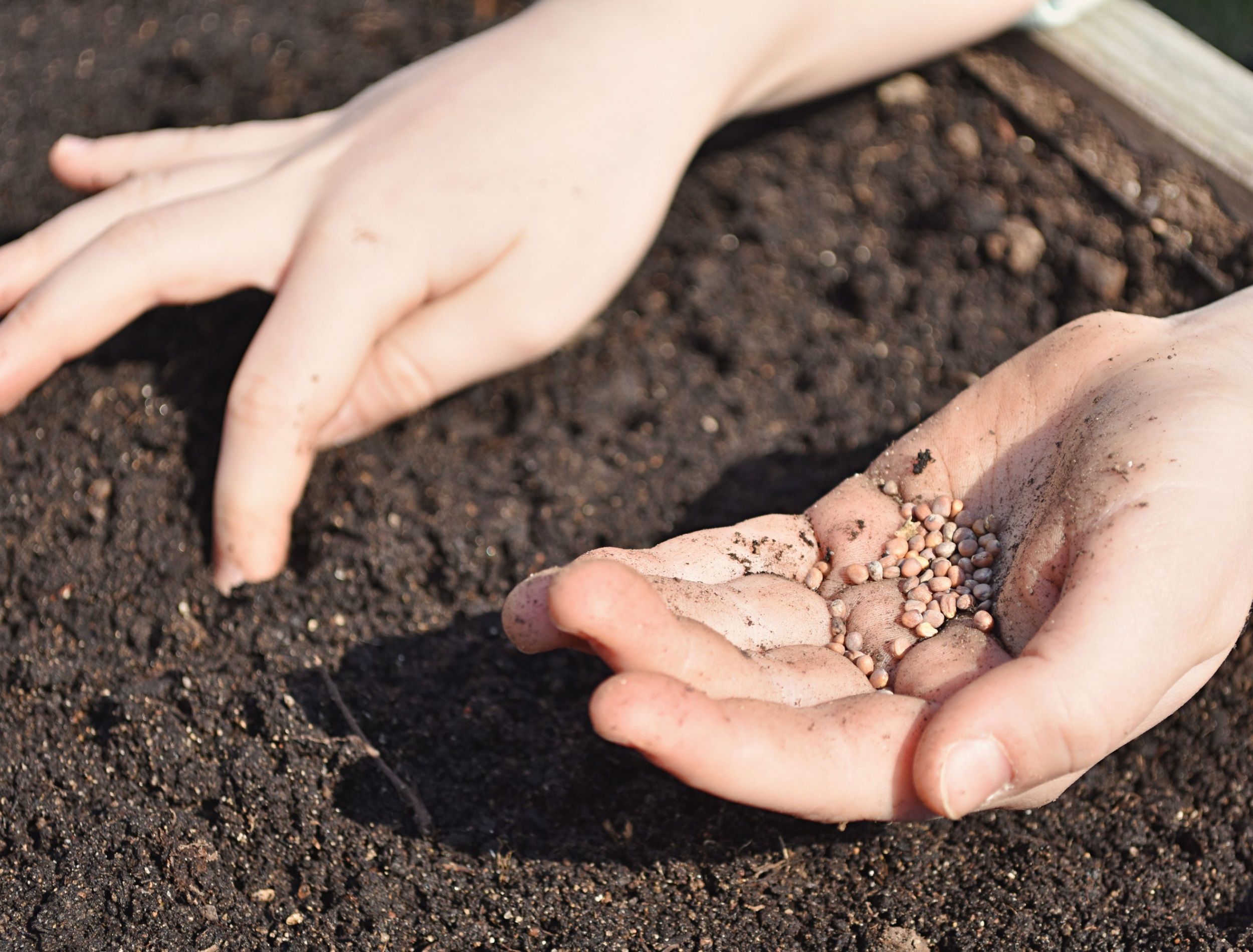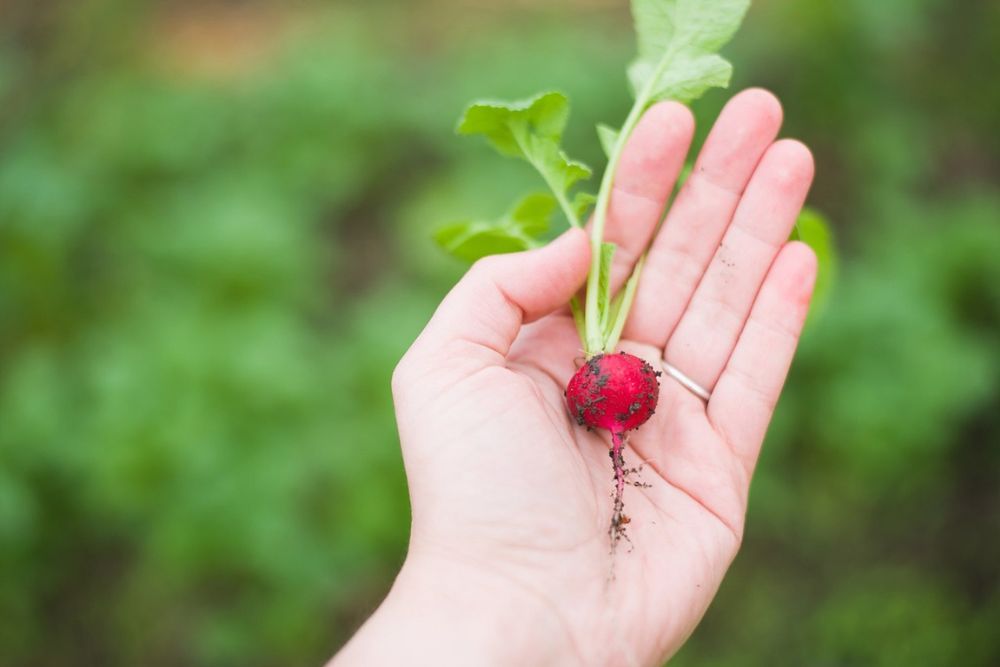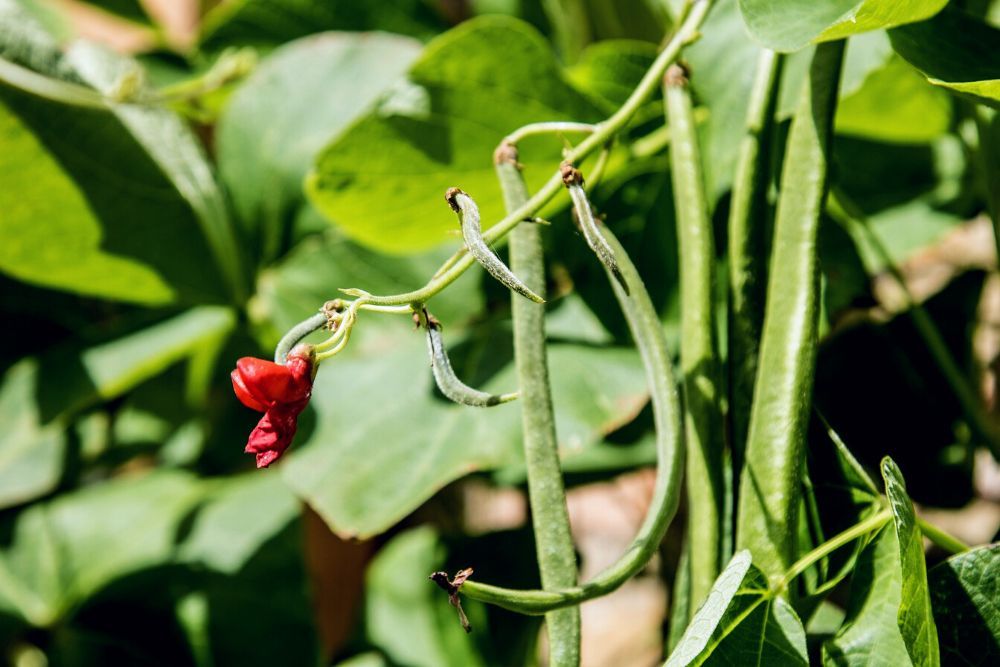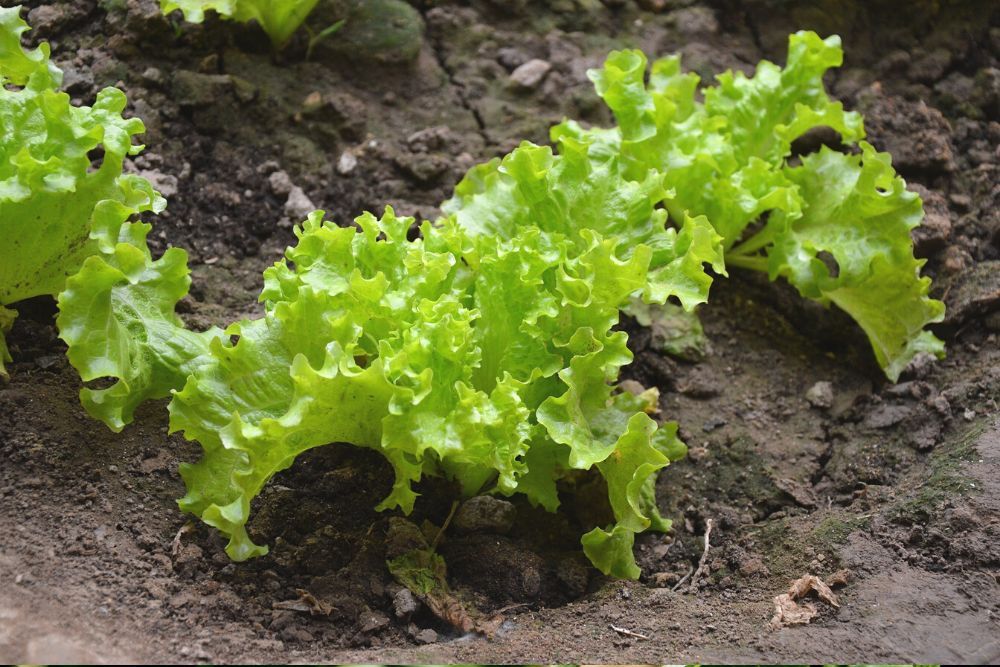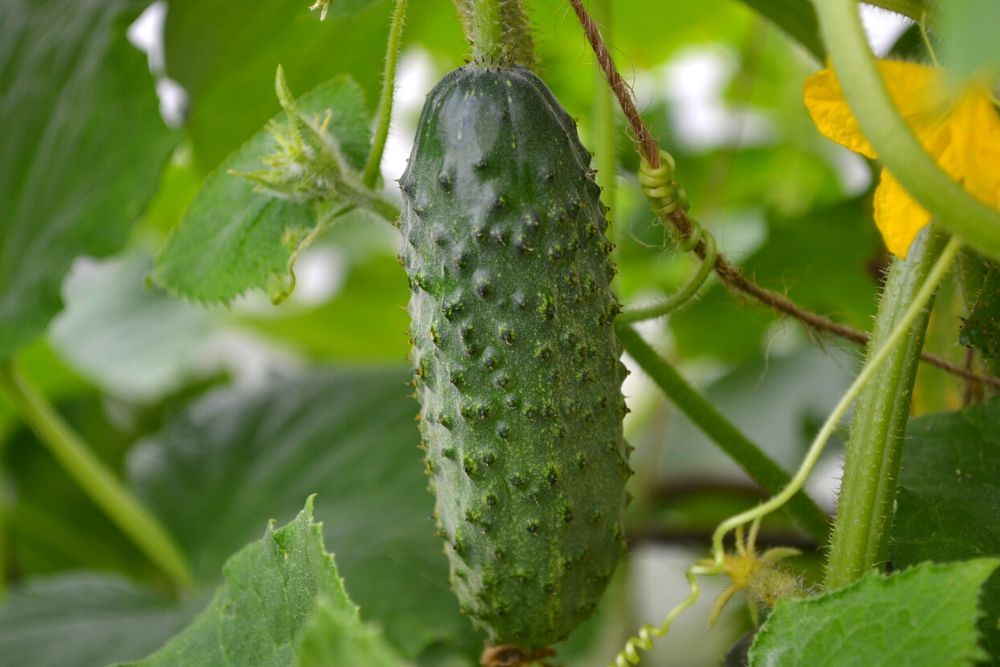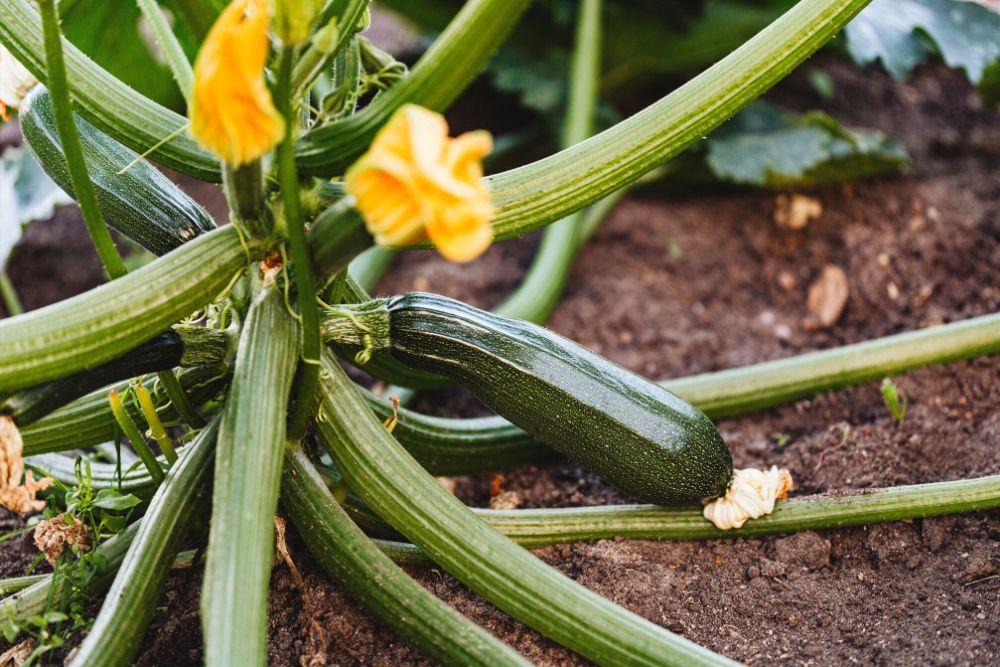Growing vegetables from seed is both a rewarding and cost-effective way to enjoy nutritious and fresh produce from your own backyard. That being said, starting a garden from scratch can be overwhelming for beginners. Luckily, there are several vegetables you can easily grow from seed, making them perfect for anyone new to gardening or looking for a low-maintenance gardening project this season.
Here are five of the easiest vegetables you can grow from seed!
1. Radishes
Image credits: Pexels via Pixabay
Radishes are hardy root veggies with crisp flavor that come from the cabbage family. Seeds can be planted several times throughout the season in both summer and fall. They require full sun and thorough watering for consistently moist, but not waterlogged soil.
Plant radish seeds in spring four to six weeks prior to the last spring frost date. For fall planting plan to get your seeds in the ground four to six weeks before the first fall frost arrives.
When you’re ready to plant them, sow the seeds about ½ of an inch deep and cover them lightly with soil. They should be spaced apart from each other by 1 inch in rows that are 12 inches apart. When your radishes have grown to 2 inches in height, remember to thin them out so they have room to develop into full size.
Radishes are fast growers and can be harvested in as little as three weeks! For summer radishes, remember not to leave them in the ground past their full maturity as this can diminish their flavor and make them tough in texture. Winter radishes can stay in the soil slightly longer but be sure to harvest them before the first frost.
Pro Tip: Radish seeds have quite a long shelf life, so you should have a successful harvest even with seeds that are up to five years old! To test the seeds viability, do the water test!
2. Green Beans
Image credits: Hanna via Pixabay
Next up are green beans! These are a great option even if you’re limited on space as they tend to grow best vertically on vines. Use a garden lattice, trellis, or stakes to help support them.
It can be beneficial to soak green bean seeds in water for up to 24 hours before planting to help speed up their germination. Then when you’re ready to transfer them to the garden, the seeds can be placed 1 inch deep in the soil, 2 inches apart from one another, and in rows 18 inches apart.
Green beans require thorough watering, well-draining soil, and lots of sun. They will mature within two months but if you want to harvest them all summer long, you can sow more seeds every two weeks.
3. Lettuce
Image credits: Jing via Pixabay
This abundant veggie is a cool-weather crop that can be grown in both spring and fall in most areas. This vegetable is very low-maintenance as long as you keep up with consistent watering. Lettuce will show clear signs of when it needs a drink. If its leaves are wilting, give it a quick spray to cool it off. Another benefit is that it doesn’t take up a lot of space, so you can grow it in raised garden beds or even patio containers!
Lettuce seeds should be sown around ¼ of an inch deep into the ground -- Don’t put them too deep, as they rely on lots of light to successfully sprout. This step should be done two to four weeks prior to your areas last spring frost date.
Keep the seeds spaced out by at least 4 inches from one another in rows about 12 to 15 inches from one another.
If you’re growing your lettuce in the summer, it may be a good idea to protect it from harsh sun with row covers. These covers will also act as shields from unwanted pests! If you’re aiming for a fall harvest, cover your garden bed with straw for extra protection from potential frost.
4. Cucumbers
Image credits: Vasily Sukovatitsyn via Pixabay
Cucumbers enjoy warmer weather so it’s best to grow these from seed in the spring or summer. These veggies enjoy lots of full sunshine and well-draining soil. Like green beans, cucumbers can grow on vines and appreciate the support of a nearby fence or lattice to grow on.
Cucumbers have large seeds that will also benefit from being soaked before planting for at least 24 hours to jumpstart their germination. Once they’re ready for planting, sow the seeds about 1 inch deep and at least 3 feet apart if in the soil. Plant them 1 foot apart if you will be training them to grow on a lattice.
These veggies are also susceptible to pests and other common garden visitors like rabbits, so cover these plantlings with containers during nightfall and early morning. They will be ready to harvest 50 to 70 days after planting. Just remember to harvest them quickly so they don’t start developing a bitter taste!
5. Zucchini
Image credits: Karolina Grabowska via Pexels
Zucchinis are fast-growing vegetables part of the squash family that like lots of sun, water, and protection from wind. You can soak their seeds a day before planting to help soften their tough exteriors for easier germination.
Sow the seeds 1 inch deep and about 3 inches apart from one another. Keep rows 3 to 6 feet apart as these vine-based veggies like lots of space to crawl and grow. You may also find that zucchinis attract plenty of pollinators! These are essential to help your zucchinis grow viable fruit. Zucchini will take approximately 60 days to reach full maturity.
Pro Tip: Zucchini plants will also often produce a “bumper” crop, one that is very large in comparison to your typical harvest size. Be prepared to eat a lot of zucchini or share them with next-door-neighbors!
Roll up Your Sleeves and Grab Some Seeds
Growing your own vegetables from seed is a fun and rewarding experience that doesn’t have to be challenging or stressful. There are many vegetables you can grow easily from seed, including radishes, green beans, lettuce, cucumbers and zucchinis. By starting out with these veggies, you’ll gain more confidence and experience in gardening, while also enjoying the benefits of fresh produce straight from your garden!
What other vegetables have you grown easily from seed? Share your list in the comments below!

